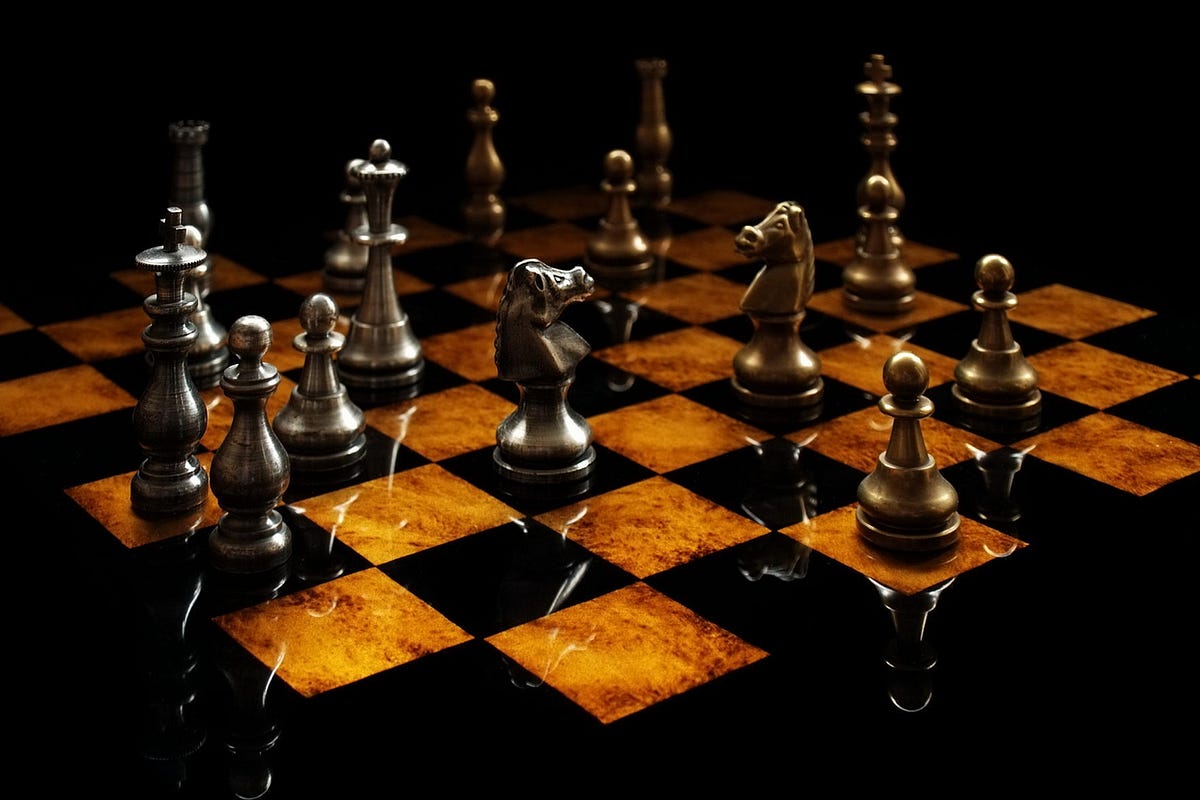Nawaz Sharif refused to meet hardliners and did not mention Kashmir
Kuldip Nayar
I FOLLOWED the visit of Prime Minister Nawaz Sharif to India from his arrival to the departure. I did not find any false note either in his observations or meetings. He did not mention Kashmir. Nor did he meet the separatists who are always keen to have talks with the Pakistani leaders, not the Indians. From all angles, it was a positive and constructive visit.
Still I wish Sartaj Aziz had not done so because the meeting had changed the climate of opposition in India. Even the rightists in the country had conceded that a new chapter of equation had begun in the history of India and Pakistan relations. Sartaj Aziz, whatever his compulsions, did not have to be a hawk to take us all back to square one. Foreign Secretary Sujatha Singh's statement may have queered the pitch, but Sartaj Aziz is not a bureaucrat and he should have kept India-Pakistan relations at a higher level.
Therefore, do not see a breakthrough in the stand that the two sides had taken from the time the two countries had parted company in August 1947. In fact, I have sensed more optimism on earlier meetings between the Prime Ministers on both sides. Nothing concrete has come out because the establishments in India and Pakistan are basically hostile to each other. No passage of time has lessened their influence or attitude.
Yet the relationship of love and hate smoulders all the time. People in the two countries yearn for friendship or at least normalcy. The meeting between Prime Ministers Modi and Sharif has once again evoked hope for better days. Once again, the foreign secretaries of the two governments are to pinpoint what keeps the countries apart. If the past is any guide, the goodwill will not fructify into normal relations. The reason why I say so is the enmity which has been fostered in the minds of people.
It was to be seen and believed the enthusiasm with which the visit of Nawaz Sharif was awaited in India. The nation should have been engaged in Narendra Modi's resounding victory or the decimation of the Congress, which has ruled India for several decades. Instead, the attention was focused on Islamabad.
For four or five days between Modi's unexpected invitation and acceptance by Sharif dominated the discussion that dominated the Indian media and drawing rooms centred on whether the Pakistan Prime Minister would come to Delhi at all. And it was all positive. People wanted him to come and literally prayed that he would. That he had to bring round the armed forces and the extremist elements in his own country was conceded. But it was argued that his arrival would be an apt step to strengthen the democratic ideas in Pakistan. Therefore, when he telephoned to say yes, a wave of relief swept through the country. Most newspapers made his acceptance as the first lead.








